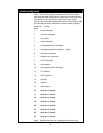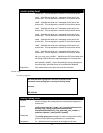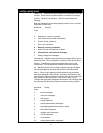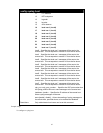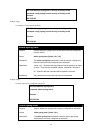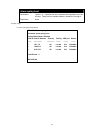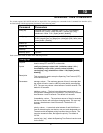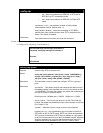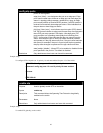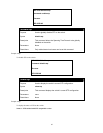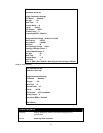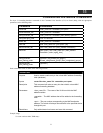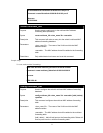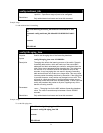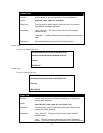
68
config stp ports
portion of the segment.
edge [true | false] – true designates the port as an edge port. Edge
ports cannot create loops, however an edge port can lose edge port
status if a topology change creates a potential for a loop. An edge
port normally should not receive BPDU packets. If a BPDU packet is
received it automatically loses edge port status. False indicates that
the port does not have edge port status.
p2p [true | false | auto] – true indicates a point-to-point (P2P) shared
link. P2P ports are similar to edge ports however they are restricted in
that a P2P port must operate in full-duplex. Like edge ports, P2P
ports transition to a forwarding state rapidly thus benefiting from
RSTP. A p2p value of false indicates that the port cannot have p2p
status.
Auto
allows the port to have p2p status whenever possible
and operate as if the p2p status were
true
. If the port cannot maintain
this status (for example if the port is forced to half-duplex operation)
the p2p status changes to operate as if the p2p value were
false
.
state [enable | disable] − Allows STP to be enabled or disabled for the
ports specified in the port list. The default is disabled.
Restrictions Only administrator-level users can issue this command.
Example usage:
To configure STP with path cost 19, priority 16, and state enabled for ports 1-5 of the switch.
DES-3550:4#config stp ports 1-5 cost 19 priority 16 state enabled
Command: config stp ports 1-5 cost 19 priority 16 state enabled
Success.
DES-3550:4#
enable stp
Purpose Used to globally enable STP on the switch.
Syntax
enable stp
Description This command allows the Spanning Tree Protocol to be globally
enabled on the switch.
Parameters None.
Restrictions Only administrator-level users can issue this command.
Example usage:
To enable STP, globally, on the switch:



